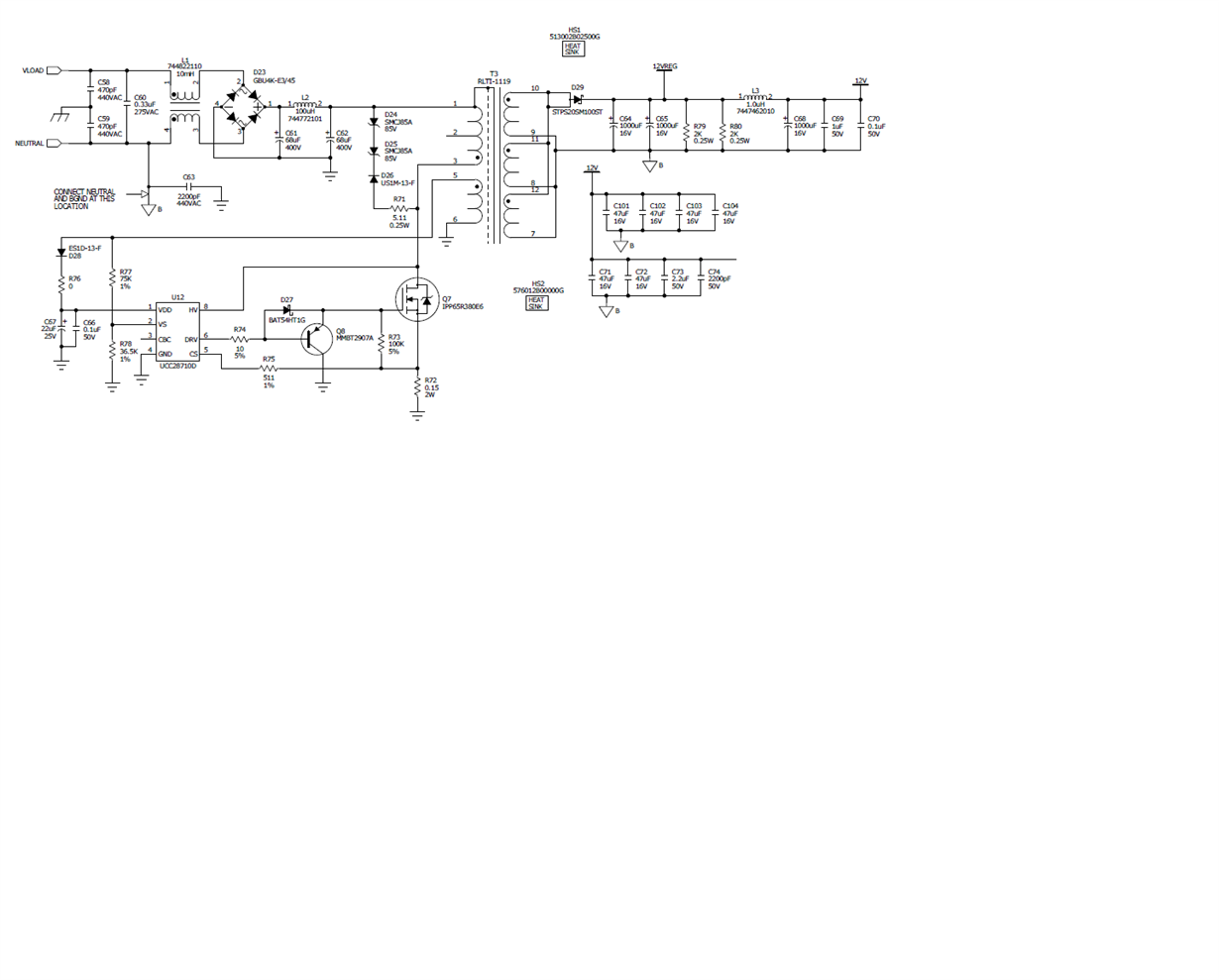Hello,
I have replicated the PMP10350 design as our Universal input 12 Volt supply. In testing , I have noticed a problem. I have a 45 Watt (resistive) load on the 12 Volt output as I run our board thru temperature. Approximately, between -35 degree C and -36 degree C there is a power up issue. If you leave the board to bake at or below those temperatures with power off and then apply (about 120 Vrms or at any other AC voltage) - the 12 Volts does not come back up. However, if you leave the AC power and 45 Watt load on during the bake and toggle the AC off (for about 5 seconds) and then back on - the 12 Volts return. During the cold boot problem the attached Volt meter (attached to 12 V output) shows a brief pulse about every 4 - 5 seconds, but is never able to recover. Any suggestions on how to proceed? At those temperatures in our environmental chamber its a little difficult to troubleshoot. By the way I have tested two boards and both are consistent. Also there is no other problems all the way up to 85 degree C.
Thanks for any advice


